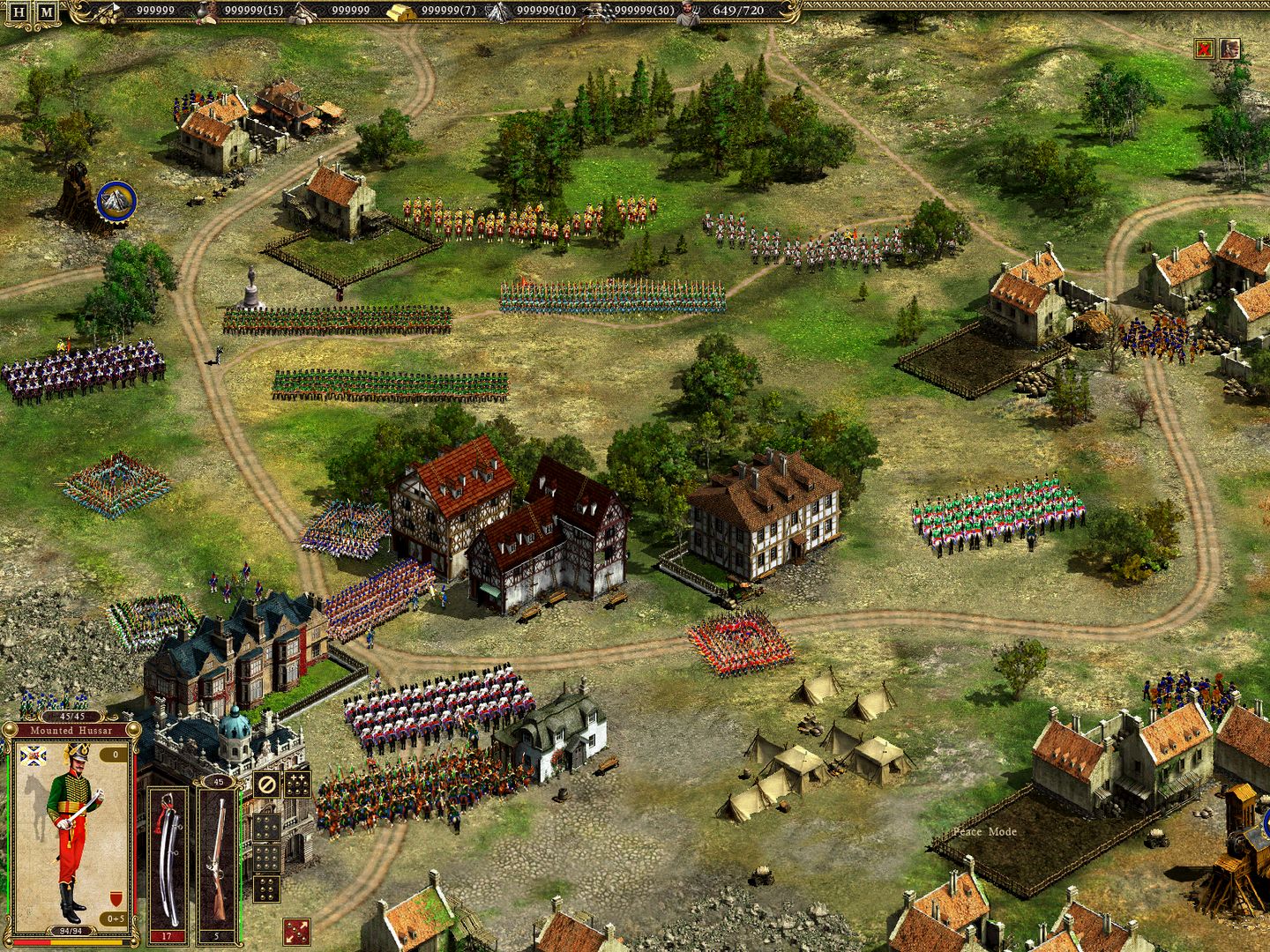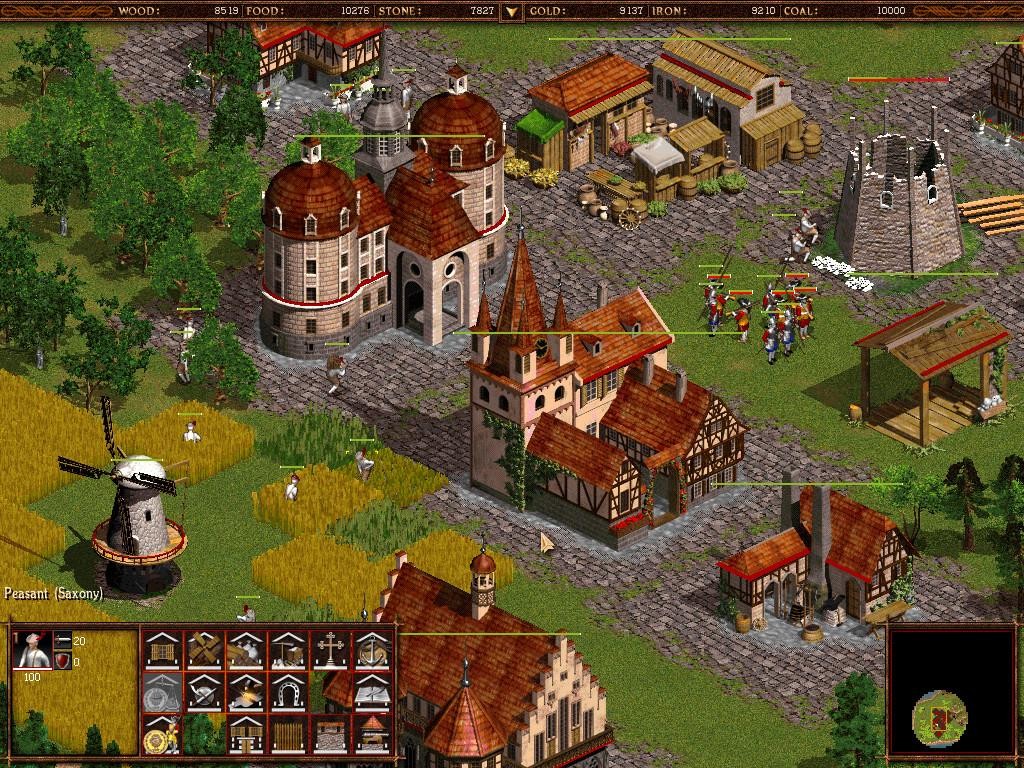

Prior to its invasion of Crimea, Russia had hoped to pull Ukraine into its single market, the Eurasian Economic Union, which today includes Armenia, Belarus, Kazakhstan, and Kyrgyzstan.Įnergy. China eventually surpassed Russia in trade with Ukraine.

Russia was for a long time Ukraine’s largest trading partner, although this link withered dramatically in recent years. The city of Sevastopol is home port for Russia’s Black Sea Fleet, the dominant maritime force in the region. Soviet leader Nikita Khrushchev transferred Crimea from Russia to Ukraine in 1954 to strengthen the “brotherly ties between the Ukrainian and Russian peoples.” However, since the fall of the union, many Russian nationalists in both Russia and Crimea longed for a return of the peninsula. In 2022, Putin cast the escalating war with Ukraine as a part of a broader struggle against Western powers he says are intent on destroying Russia.Ĭrimea. Losing a permanent hold on Ukraine, and letting it fall into the Western orbit, would be seen by many as a major blow to Russia’s international prestige. After the Soviet collapse, many Russian politicians viewed the divorce with Ukraine as a mistake of history and a threat to Russia’s standing as a great power.

Moscow claimed a duty to protect these people as a pretext for its actions in Crimea and the Donbas in 2014. Approximately eight million ethnic Russians were living in Ukraine as of 2001, according to a census taken that year, mostly in the south and east. A more nationalist, Ukrainian-speaking population in western parts of the country generally supported greater integration with Europe, while a mostly Russian-speaking community in the east favored closer ties with Russia. However, Kyiv struggled to balance its foreign relations and to bridge deep internal divisions. In its three decades of independence, Ukraine has sought to forge its own path as a sovereign state while looking to align more closely with Western institutions, including the EU and NATO. Ukraine was so vital to the union that its decision to sever ties in 1991 proved to be a coup de grâce for the ailing superpower. Behind only Russia, it was the second-most-populous and -powerful of the fifteen Soviet republics, home to much of the union’s agricultural production, defense industries, and military, including the Black Sea Fleet and some of the nuclear arsenal. Ukraine was a cornerstone of the Soviet Union, the archrival of the United States during the Cold War. Why is Ukraine a geopolitical flash point? The war has hastened Ukraine’s push to join Western political blocs, including the European Union (EU) and the North Atlantic Treaty Organization (NATO). Many observers see little prospect for a diplomatic resolution in the months ahead and instead acknowledge the potential for a dangerous escalation, which could include Russia’s use of a nuclear weapon. A year after the fighting began, many defense and foreign policy analysts cast the war as a major strategic blunder by Russian President Vladimir Putin. Russia’s invasion of Ukraine in February 2022 marked a dramatic escalation of the eight-year-old conflict that began with Russia’s annexation of Crimea and signified a historic turning point for European security. Policy Prescriptions for U.S.-China Relations


 0 kommentar(er)
0 kommentar(er)
